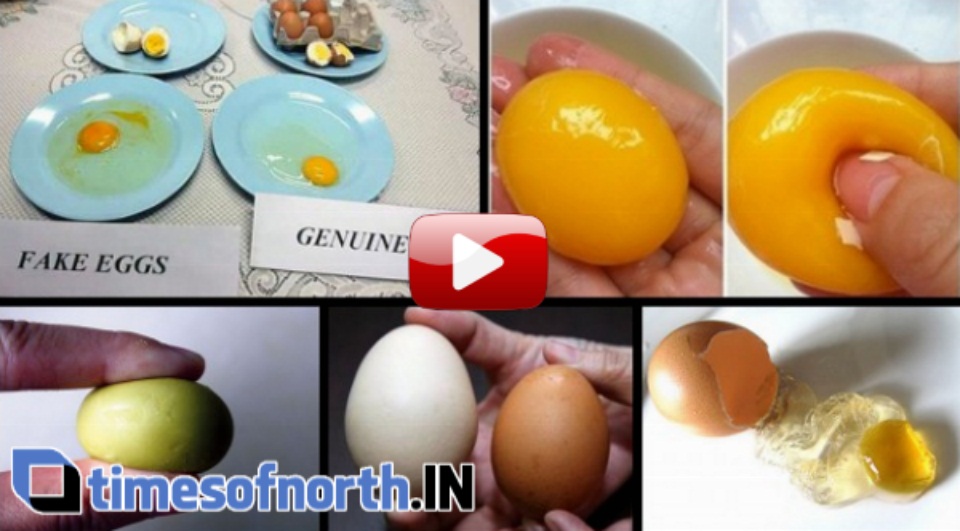- Rare Encounter: Leopard Cub Roam Free Inside SSB Camp in Malbazar
- Royal Bengal Tigers Spotted Again in Buxa Jungle
- No Work Elsewhere: Workers Returns to File Complaint Against TG Manager
- Giant Royal Bengal Tiger Captured at Neora Valley of North Bengal
- Marwari Sanskriti Manch Organized Holi Mahotsav 2023 at Kolkata
BEWARE OF FAKE EGGS, KNOW THE TIPS OF IDENTIFYING [VIDEO]

TNI News Service (TNS)
Webdesk, TNI Siliguri, 7th March, 2015: It has been quiet some time that there are speculations of fake eggs going to rattle Indian markets. Consumers have been seeking advice on how to differentiate the fake items from genuine eggs, including from online sources. Fake egg shells are reportedly made of calcium carbonate, paraffin wax, and gypsum powder. The counterfeit egg yolk and white are said to be made of sodium alginate, alum, gelatin, edible calcium chloride, benzoic acid, water and food coloring.
Many consumers tried to differentiate the fake eggs with the real once by cooking them simultaneously. They apparently said the eggs did not smell like real ones, were tasteless, had unusual shapes and were larger than real eggs. The fake egg also had a rougher surface than the genuine one. When cracked, there was no sign of chalaza, the structure inside the egg that keeps the yolk in place. The fake egg white and yolk quickly mixed together, unlike that of real eggs. After boiling the egg and cutting it open, the yolk appeared to be more yellow than that of a normal egg.
TIPS FOR DIFFERENTIATING FAKE EGGS WITH REAL EGGS
ChinaHush, a website in mainland China, which was believed to have first traced the fake eggs, suggests the following for consumers to identify fake eggs.
- After cracking the fake egg, the white and yolk will mix together quickly.
- Fake eggs have slightly shinier shells than real ones.
- The shells of the fake eggs feel slightly rougher.
- You will hear sloshing sounds when you shake a fake egg as liquid will flow from the solid agent.
- Real eggs smell like raw meat.
- Tapping a real egg lightly will generate a crisp sound when compared to a fake egg.
- When frying a fake egg, the yolk will spread without being touched.
